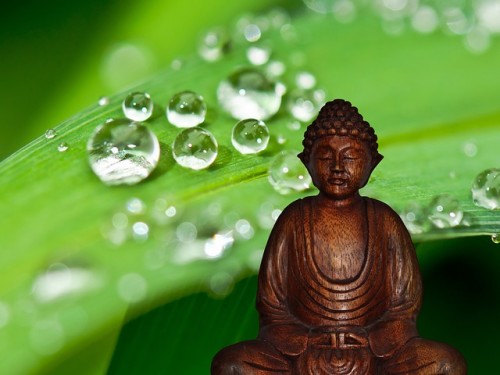The Buddhist spiritual journey, as it has been laid out for hundreds of years, is fundamentally healing and available to us at any time in our life.
It is an experiential process of contemplating and practicing the Buddha’s teachings, which altogether are known as “the dharma.”
They are grouped into three “yanas” and as we progress through the teachings and practices in each, we learn step by step how to free ourselves from self limiting beliefs, feelings, and behaviors. It is a healing journey that goes deeper and is more profound than anything we can imagine.
It is not just about feeling more relaxed and loving—although that is a side benefit.
It is a complete and liberating transformation of who we are.
All the Buddha’s teachings talk about how our basic nature is open, luminous, loving, and wise. This warmth and peace is understood to be the very essence of who we are and so therefore we are never separate from it. The reason that we suffer is that we forget this central point. We forget the truth of who we are. We have either become identified with what happened to us as small children, how we look on the outside, or feel on the inside.
Healing childhood wounding and learning to take better care of ourselves is important and what we can work on in psychotherapy. Realizing the truth of who we are, however, takes the happiness available to us to a whole new dimension. In other words, psychotherapy can help create a better dream, but studying and practicing the dharma can help us wake up from the dream altogether.
That is why the two, psychotherapy and meditation are best done together. It is a synergistic relationship: psychotherapy helps our dharma practice and dharma practice helps our journey in therapy.
They are both about learning how to work with our thoughts, emotions, and behaviors—and therefore creating a happier situation for ourselves.
This synergistic relationship can be applied to any of the things we do to take care of ourselves, e.g., yoga, 12-step meetings, whatever our wellness regime happens to be at this moment. Whether it be healing work, creativity, relationships—essentially anything we do in our life can be improved when we join those efforts with meditative practice and reflection.
Finally, the most important point to remember is that the dharma teaches about our essential goodness and capacity for love.
It is about remembering and coming home to who we truly are.
Author: Tina Fossella, MFT
Editor: Renée Picard
Photo: mikegi/pixabay











Read 0 comments and reply